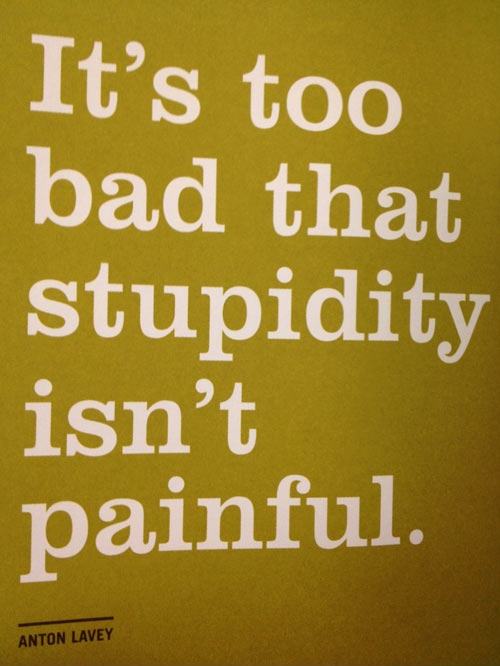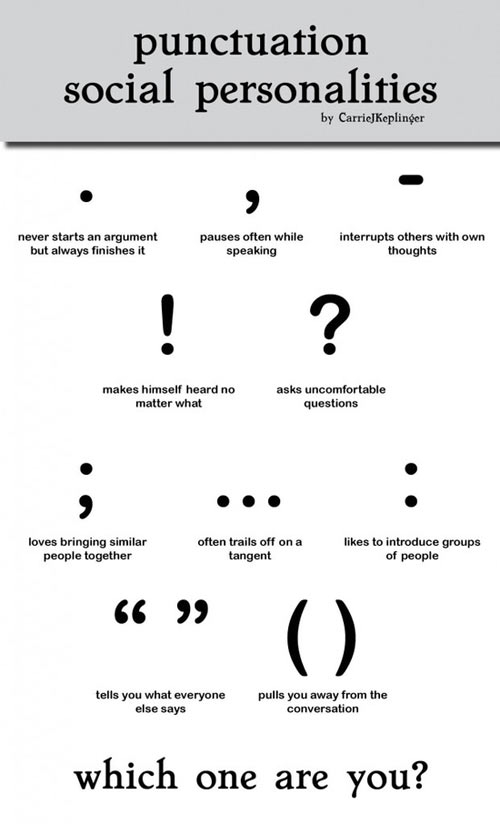Friday, March 1, 2013
Thursday, February 28, 2013
6 Ways Google Hacks Its Cafeterias So Googlers Eat Healthier
Full Article
COMPANIES SPEND A LOT OF TIME FINDING WAYS TO CUT ENERGY COSTS AND INCREASE RECYCLING. HERE’S HOW THE TECH GIANT IS WORKING TO BETTER MANAGE ANOTHER RESOURCE: THE HEALTH OF ITS STAFF.
Much has changed since Google earned a reputation for fattening its staffers with food on demand. These days, the company is focused on advancing its healthy eating initiatives. Explains Jennifer Kurkoski, who has a PhD in organizational behavior and runs a division of Google’s HR department called People Analytics, “When employees are healthy, they’re happy. When they’re happy, they’re innovative.”
In pursuit of that healthiness, happiness, and innovation, Google has turned to “nudges”: simple, subtle cues that prompt people to make better decisions. Behavioral economists have shown the idea works, but Google has taken it out of the lab and into the lunchroom. This is a sampling of the encouragement you’d get during trips through the company’s eateries--and naturally, Google is measuring the results
HARD CANDY
No longer are M&Ms in clear hanging dispensers. If you’re in Google’s New York office, you now have to reach into opaque bins. The grab takes effort; the obscuring vessel quells enticement. The switch led to a 9% drop in caloric intake from candy in just one week.
SALAD GAZE
Waiting for you as you enter the cafeteria is the salad bar. According to Jessica Wisdom, a member of the People Analytics team, studies show that people tend to fill their plates with whatever they see first. Thus, leafy greens get the most visible real estate. Desserts, meanwhile, are down another line of sight.
SIZING DOWN
While grabbing a plate to load up on grub, you see a sign informing you that people with bigger dishes are inclined to eat more. It doesn’t tell you what to do, but it affects your behavior. This simple “meta nudge” caused small plate usage to increase by half, to 32% of all plate traffic.
COLORING OPINIONS
Harvard recently revamped its food pyramid, and those lessons in metered portions have translated into a colored tag system in the cafeterias. you see green labels paired with veggies, giving you liberty to dig in. Most desserts have red ones, warning potential gluttons to proceed in moderation.
DESERTING DESSERTS
So you’ve had a bad day, and even a glaring red tag isn’t enough to discourage you from indulging in a treat. Fortunately, desserts are designed to be downed in just three bites. By making people think about having to take a second dessert plate, Google is nixing potential binges.
WATERWORKS
You’re back at your desk and thirst is setting in. You head to the kitchen. In the past, water was on tap and soda was in the fridge. Now bottled water is at eye level in the cooler, while soda has been moved to the bottom. That shift in placement increased water intake by 47%, while calories from drinks fell by 7%. Taking a sip of agua, you feel better already.
Wednesday, February 27, 2013
Tuesday, February 26, 2013
A High-Tech Makeover For The Payphone
full article
In the age of cell phones, the idea of a payphone has gotten a bit absurd. Why invest in such an infrastructure when that money could be better spent subsidizing wireless plans for low-income individuals. Well, there may still be a benefit to some physical infrastructure--not phones per se--but public information spaces.
At least that’s the vision of Control Group and Titan, who’ve partnered up to develop a project they call NYC I/O--a submission to NYC’s contest to remake their 11,412 payphones once the current vendor agreements expire in 2014.
The team imagines a network of touchable information booths, transparent-screened kiosks connected by fiber optics. Each booth would be a free place to do everything from search for a restaurant to paying a parking ticket to, yes, even making phone calls. The idea is that costs could be subsidized through ad revenue--and no doubt, you’ll notice in this concept art that users are basically rolled up in a giant ad.
Even still, a skeptic might ask, why do these need to exist? The answer is simple. Even in the wireless age, there’s still value in a geographically distributed network.
“On the whole, our long-term interest is in the infrastructure and real estate that the payphones currently occupy,” Control Group partner Colin O’Donnell tells Co.Design. “Their physical distribution throughout the five boroughs means that when outfitted with a full sensor array, we can collect immense amounts of valuable input about the immediate vicinity in which each is located. That data can be used to make each booth a learning machine individually or as part of the overall network, from which we can discover longitudinal trends.”
Stepping into a booth, a user could literally look across the city, adopting the eyes and ears of any other booth on the network. Is there a line outside your favorite pastry shop in Brooklyn? Check near your work in Manhattan before getting on the subway. That might seem like a shallow example--and it is--but the fact that the network could learn over time if people actually acted with these sorts of behaviors is an exciting prospect--like bringing big social data from Google and Facebook, then leveraging that within the city’s physical infrastructure.
O’Donnell also explained that these booths could extend information to your mobiles, allowing you to interact with this city information layer, much like you might snag Wi-Fi at a Starbucks. Connected with a HUD likeGoogle’s Glass, it’s easy to imagine a myriad of futuristic use cases. (Imagine the walking tour that 11,000 embedded fixtures could give!) It’s also conceivable that, with the right radio transmitters, these booths could create a whole NYC wireless network on top of the fiber-optic network, but at this point, my imagination may be exceeding the scope of the NYC I/O proposal.
It would be a shame, however, to be so shortsighted that we forget the importance of our public infrastructures amidst the digital revolution. I’m glad that our government doesn’t run Google, but I also don’t want Google running our government. Public digital infrastructure seems like it has some promise in keeping a semblance of balance within that equation
Subscribe to:
Comments (Atom)









